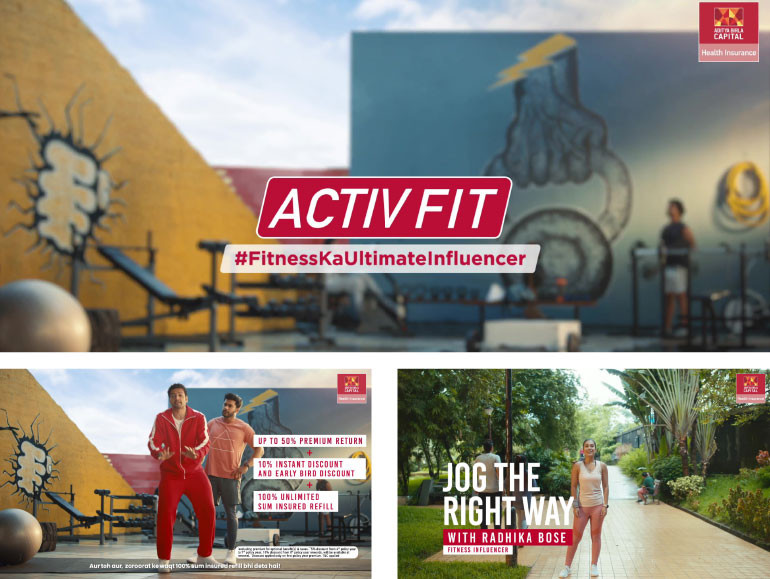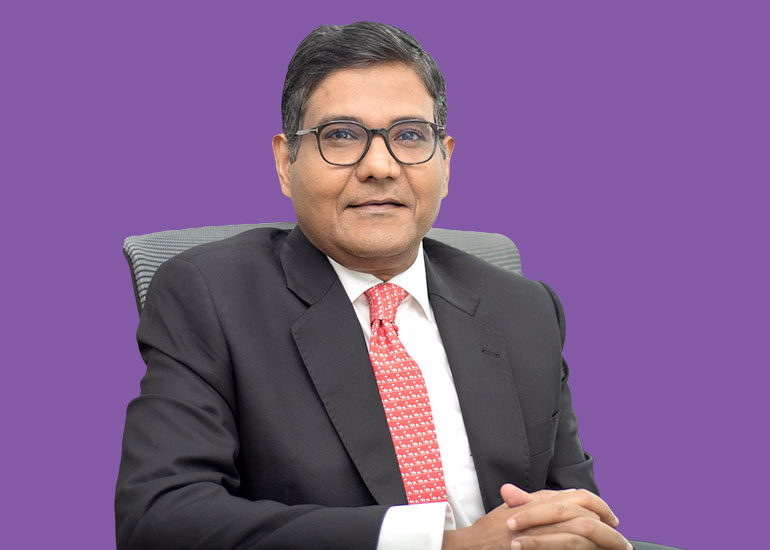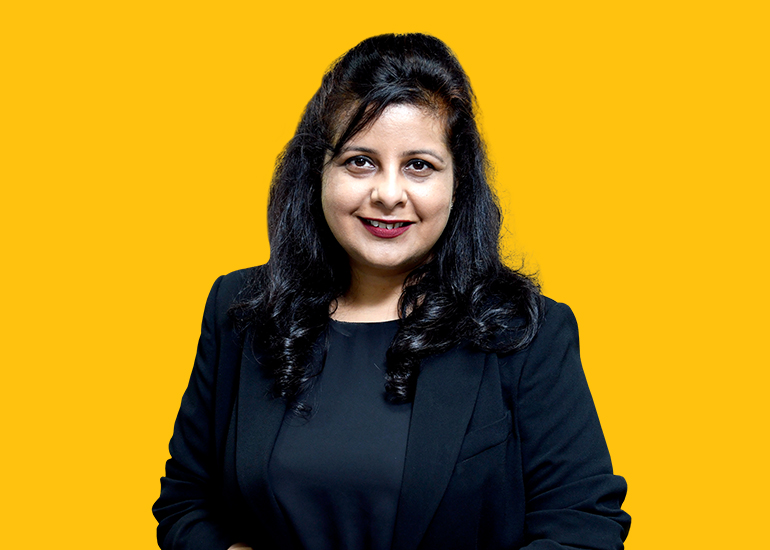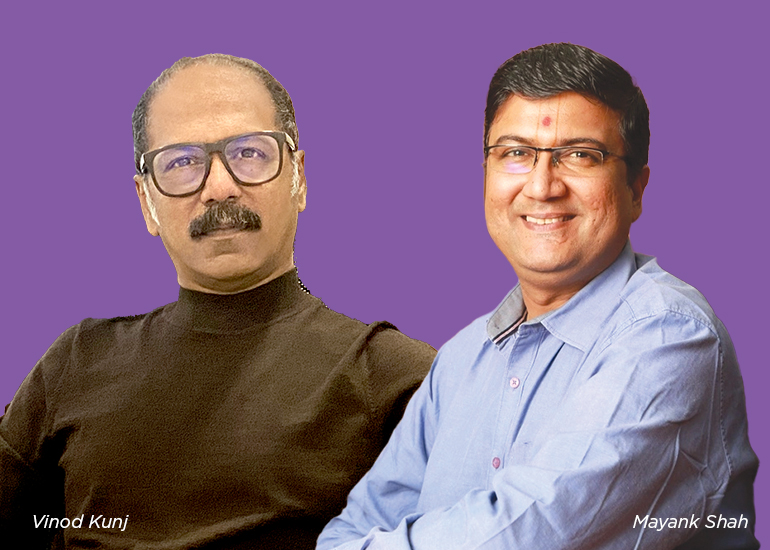Q] Can you describe more about the #FitnessKaUltimateInfluencer campaign?
The campaign focuses mainly on millennial consumers in the health insurance segment. The millennial consumer base is about 34% of India’s population, and they need to be part of the insurance pool. So we have introduced our product called Active Fit, which was introduced after doing a lot of research for this population in terms of how they look at insurance, and many other traits pertaining to this pool of consumers.
Through research we also learnt that this millennial group is a group that looks at influencers in a serious way. They get influenced by food bloggers or fitness influencers, etc. So, we thought that we will develop the concept around the theme of fitness by bringing in some influencers into the play, and people with whom this group will relate to. Therefore, Ali Fazal is the person who’s a face of this whole campaign. Millennials really look at him as someone whom they see as an influencer.
Q] What was the marketing mix of the campaign, and how much budget was allocated for this campaign?
The campaign is highly digital marketing based. The reason being that our target group for this campaign is more influenced digitally than by any other means. So, we have used YouTube, Instagram, their reels and shorts formats. We have also used OTT platforms and influencers who are in the area of finance, banking, health, and fitness. We have used Dailyhunt where this TG spends a lot of the time. So, we use a good mix of where the TG spends time in the Digital world, and of course we have done many events physically as well, where we have launched a product. We have invested ad spends on Social, with 30% Influencer Amplification; 13% OTT platforms; 15% Digital Media; and 42% Partnerships.

Q] You mentioned that the recent campaign focuses on millennial. What other marketing strategies does ABHI utilize to reach out to the masses, and to also enhance the revenue growth of the company?
The messaging of insurance and policies are often targeted to certain segments with the language of fear, such as ‘Something will happen to you, buy insurance,’ etc. We do not use that language because if the fear of language did actually work, the penetration would not have been only 4%, it would have been 90%. So we have taken an approach of positive communication. Our whole purpose is to empower people to live healthier lives. We will help you in that journey if anything happens to you. Our language of communication is positive. If you look at any of our past campaigns, some of our assets that we have built over a period of time, Jung for Health; Rakho Pura Khayal; Abhi Karo; among others, are all positive communications.
Q] When we look at the current market sentiments in India and abroad, has that affected the health insurance sector in India?
Health insurance has been picking up because of a few reasons. First, consumers are realising that there is a growing need for better quality healthcare. Second, COVID definitely created a tailwind for the category, and consumers are now much more willing, provided we sell the right product to them. In the current context of the millennial, we said that we can’t take regular products and ask them to buy. So we have created a product for the millennials.
Q] As you mentioned about COVID creating a tailwind for the industry, do you think India still lacks an understanding in regards to the importance of a health insurance policy?
It is a journey. You are right that today if I were to say that consumers will wake up one morning and say, I want to buy health insurance, no, that’s not happening. Because it’s a risk product, people pay a price for something that they may or may not get a benefit from. Therefore, our product is for a customer who has his or her focus on health, and we will reward for it, which is a 50% benefit. Products that we are introducing and other similar work that we have been doing in the last five years are now making the offering more relevant for the targeted segment. They are picking up faster than before. But there’s lot to be done in this. Government has to create more awareness, and industry has to respond by bringing the right products and experiences.























